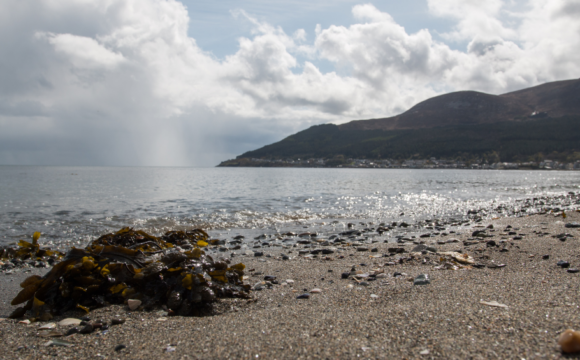Many of the 2,706 universities across Europe boast some of the most iconic landmarks and breathtaking buildings that definitely deserve a place on travel bucket lists, but which universities are the most beautiful according to science?
The golden ratio is a mathematical ratio, and it is theorised that buildings, faces or artworks closest to this ratio are the most well balanced and aesthetically pleasing.
We set out to determine how close university buildings across Europe align with the golden ratio, and therefore which universities are the most beautiful, according to science.
The top 10 most beautiful universities in Europe, according to the golden ratio
|
University |
Building |
Ratio |
Percentage similarity to golden ratio |
|
|
1 |
University of Bucharest, Romania |
Central University Library |
1.522058824 |
94.07% |
|
2 |
University of Catania, Italy |
Main Building |
1.787931034 |
89.50% |
|
3 |
University of Oxford, England |
Radcliffe Camera |
1.436602124 |
88.79% |
|
4 |
Paris-Sorbonne University, France |
Sorbonne Building |
1.900149031 |
82.56% |
|
5 |
Aarhus University, Denmark |
Main Building |
1.906551724 |
82.17% |
|
6 |
Heidelberg University, Germany |
University Library |
1.270243902 |
78.51% |
|
7 |
Jagiellonian University, Poland |
Collegium Novum |
1.985 |
77.32% |
|
8 |
University of St. Andrews, Scotland |
St Salvator’s Chapel |
1.209318182 |
74.74% |
|
9 |
University of Glasgow, Scotland |
Gilbert Scott Building |
2.030740741 |
74.49% |
|
10 |
University of Leuven, Belgium |
Arenberg Castle |
2.123939394 |
68.73% |
Find the full dataset here.
1st – University of Bucharest, Romania
Ranking as the most beautiful university in Europe is the University of Bucharest in Romania. The Central Library of Bucharest University, designed by French architect Paul Gottereau, opened its doors in 1895. A project of King Carol I, it is not only beautiful but also known as a cultural landmark. The building’s width to height ratio is 1.522, giving it an astonishing 94.07% similarity to the golden ratio, making it an almost aesthetically perfect building according to science. Situated opposite the National Museum of Art of Romania, and often hosting concerts, it is definitely worth paying a visit to this beautiful University.
2nd – University of Catania, Italy
In second place is Palazzo dell’Università, or Palace of the University, a beautiful palace and home to the University of Catania, the oldest university in Sicily. Its width to height ratio of 1.788 gives it a huge 89.5% similarity with the golden ratio. Constructed after the 1693 earthquake, it is an iconic landmark and symbol of Catanian baroque architecture.
3rd – University of Oxford, England
Ranking third is the historic University of Oxford in England. The iconic Radcliffe Camera is a neo-classical style building which houses the Radcliffe Science Library. The ‘Rad Cam’ is the first example of a circular library in England, and its 1.437 ratio makes it 88.79% similar to the golden ratio.
4th – Paris-Sorbonne University, France
In fourth place is the historic Sorbonne University building which lies in the heart of the Latin Quarter and is an iconic feature of Parisian architecture. The stunning building has a 1.9 width to height ratio, giving it a 82.56% similarity to the golden ratio and putting it 4th in our rankings! As well as offering guided tours, the Sorbonne is surrounded by restaurants and shops of the beautiful Latin Quarter.
5th – Aarhus University, Denmark
Ranking fifth is Aarhus University in Denmark. The campus is centred around the stunning University Park which spans 15 hectares, and the main building sits at the park’s northern edge. As well as its minimalist yet stunning architecture, the building’s width to height ratio of 1.907 shares a 82.17% similarity with the golden ratio. As well as boasting beautiful buildings and a green oasis, University Park is also home to the Natural History Museum Aarhus and the Steno Museum (the Science Museums at Aarhus University).
Data presented by The Knowledge Academy.
















